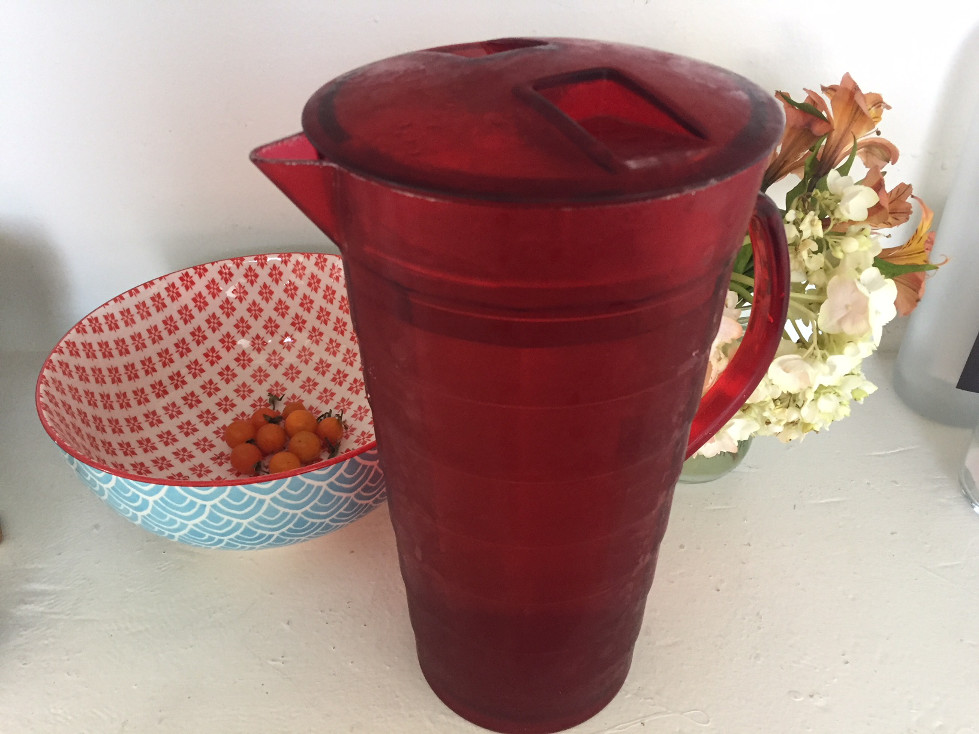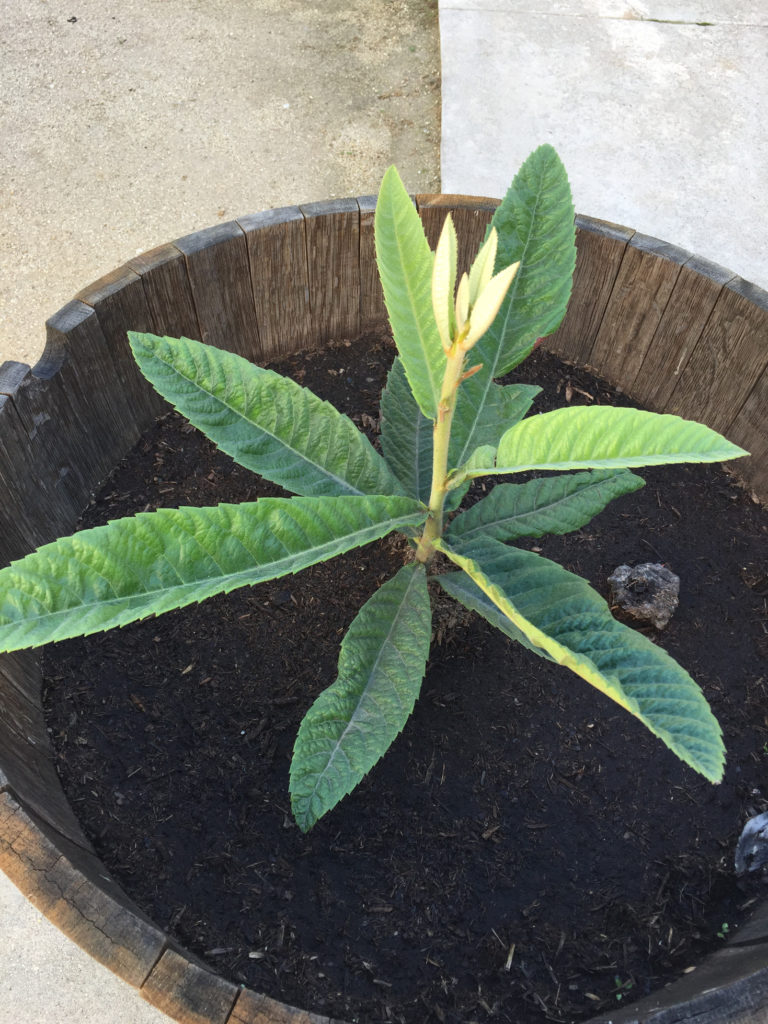With another drought upon us in Southern California, we are looking at how to save water at home while still growing a garden. The first restrictions go into effect on June 1st, and those are primarily focused on watering lawns (which we don’t have), but we want to be part of the solution rather than ignore the problem. Plus, living more sustainably was among our bigger goals this year. So, we’re putting together a list of tips on saving water that can help everyone, no matter where you live.

How to Save Water at Home
- Never leave the water running while you are brushing your teeth. This one I learned while I was in college. I remember seeing the signs over all the sinks, and it stayed with me. This is easy to do if you aren’t already.
- The same is true for shaving. Fill the sink or a basin with a couple of inches of water for shaving rather than letting it run.
- Take shorter showers or switch to baths. It seems strange, but you’ll actually use less water filling a tub halfway than taking most showers. That water can also be reused for flushing toilets or watering the garden (if you used eco-friendly soap), should you want to take that next step.
- If you have leaks in your home, it’s time to get them fixed. If you live in an apartment, as we do, get even small leaks repaired. You’ll be amazed at how much water is wasted even with the occasional slow drip if it doesn’t get fixed right away.
- Only run the washing machine when you have a full load. Not only will this help you conserve water, but it will reduce your energy costs, too.
- Fill a snazzy pitcher with water and keep it in the refrigerator. We have a red one that we love. Not only is it cute, but it keeps us from having to run the water to get it cold whenever we want a drink.
- Speaking of running the water, our pipes get warm in the afternoon when the sun shines. That means that the water coming out of the cold tape is very hot when it first comes out. We’re planning to put a basin or pitcher there to catch the water that flows while we wait for it to get cold (or hot in the morning).
- If you can install a low-flow shower or dual-flush toilet, go for it! Conversion kits exist if you aren’t in a position to replace existing systems.
- Dishwashers tend to be more water-efficient than hand-washing. And don’t pre-rinse your dishes before putting them into a modern dishwasher. We don’t have one, but this might just push us into rethinking.
- Rinse your veggies in a bowl instead of letting the faucet run. Bonus points – you can then use that water for your garden or to flush the toilet.
- Consider adding a water bucket to your shower. I know, this sounds weird. We have an old system, and it takes a while for the water to get hot. Running that water is just a waste. We’re considering adding a bucket or basin to our shower to collect the clean water that would otherwise go down the drain.
- During the winter, our heater drips clean water as condensation. The air conditioning also sends water out its drip line during the summer. Andy put out a small pot under the drip line to collect the water – which is perfectly clean and easily used for plants.
- If you and your family frequently leave bottles or glasses with water still in the bottom, instead of throwing the remaining water down the sink, capture it in a pitcher and use it to water your plants, flush toilets, etc.
- Look into grey water (also known as greywater or gray water) systems. They allow you to capture and use water from your shower, kitchen, and washing machine for other purposes. In our case, our washing machine pours its rinse water through a hose into a large utility sink. We could easily capture that water and reuse it. The trick is to use eco-friendly detergent from brands like Tru Earth, Dropps, or Seventh Generation. Be very careful to check your detergent before reusing your greywater. Even fragrance or dye-free detergents may have ingredients like sodium laureth sulfate, which can kill your plants.

How to Save Water in the Yard or Garden
- In Los Angeles, we’ll only be able to do outside watering one day per week. You can still hand-water trees because the canopy is important for the air quality in LA, particularly in the summer. Water early in the morning to avoid promoting the growth of fungus.
- If you are using sprinklers that one day per week, make sure none of the heads are broken or placed close to the sidewalk. When trying to save water at home, you don’t want to accidentally water the sidewalk instead of the lawn on the allowed watering days.
- If you are in a position to do it, change your lawn over to native plants rather than grass. There are many programs in place in California that give rebates to households that replace grass with more climate-friendly plantings. If you live outside of California, take a look at your local programs. You might be surprised by what is available.
- We have a container garden that we love, but we know we’ll have to be careful. We are transitioning our potted plantings into self-watering containers (some were already in them) so that we don’t overwater. This will be better for the veggies because it will help them avoid root rot.
- We’re introducing terra cotta watering spikes to many of our plants and container trees. They are terrific for keeping plant soil moist when you travel, and they are water savers when used generally. Plus, it means you can sleep in rather than getting up super early in the summer to water.
- Add mulch! We have it as ground cover, but we’ll be adding it around the container trees and vegetables to help keep the soil cool during the summer. It also helps to keep the soil moist for far longer (a real bonus when going out of town for a few days, too).
- Consider adding a rain barrel system. Andy and I are debating this now. We aren’t sure we get enough rain throughout the year to make this work, but if you do, look into it. It will help save your trees, plants, and vegetable gardens if you do.
- Try not to use a hose to clean sidewalks, driveways, and porch steps. A broom might take a little longer, but you’ll save hundreds of gallons of water this summer.
These are our immediate thoughts about how to save water at home over the coming months. I’m hoping that we get so good at it that it will become second nature. True, some of this will be inconvenient, but a climate catastrophe is worse. So, we are rolling up our sleeves and figuring out ways to conserve and (hopefully) make a difference.
What are your tips for saving water?